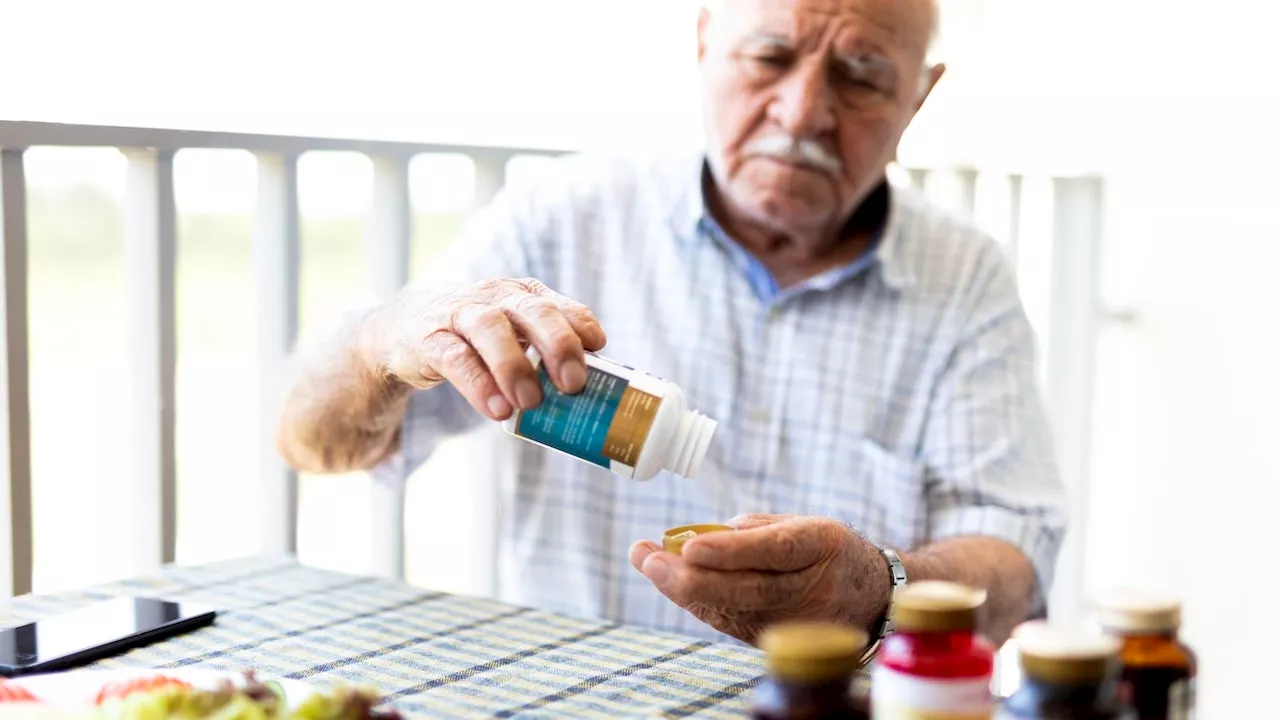Health
Apple Compound Morin Offers New Hope for Gum Disease Treatment

A recent study highlights the potential of morin, a compound found in apples, figs, and guava, as a promising alternative for treating gum disease. Conducted by researchers at the São Paulo State University in Brazil, the study indicates that morin possesses antimicrobial, anti-inflammatory, and antioxidant properties that could effectively combat bacteria responsible for gum disease. The findings were published this month in the journal Archives of Oral Biology.
Researchers focused on morin due to its natural origin, affordability, and widespread availability. The team, led by Luciana Solera Sales, developed a powdered form of morin that allows for controlled release within the mouth. This innovative delivery system was created using techniques similar to those employed in producing powdered milk, enabling the compound to remain active despite the constant flow of saliva.
In laboratory tests, the morin-based powder demonstrated significant effects on bacterial biofilms that simulate conditions associated with gum disease. As traditional treatments often involve cleanings and plaque removal, dentists sometimes resort to topical antibiotics when bacteria and calcified deposits prove challenging to manage. The rise of antimicrobial resistance has underscored the urgency for safer, more natural alternatives.
“We aim to harness the benefits of this natural compound to prevent and treat tooth decay and periodontal disease,” Sales stated. The researchers propose that morin could serve as a “non-antibiotic adjunctive antimicrobial therapy,” enhancing treatment outcomes for patients.
While morin is present in various foods, including apple peels, guava leaves, and figs, simply consuming these sources does not yield the desired therapeutic effects. Sales emphasized the necessity for processing the compound to enhance its efficacy. The researchers combined morin with sodium alginate and gellan gum, polymers that stabilize the compound and prolong its adherence to teeth and gums.
Fernanda Lourenço Brighenti, a professor at São Paulo State University, noted that this controlled-release system could be particularly beneficial for individuals with limited motor skills, such as older adults and patients with special needs, who may struggle to maintain proper oral hygiene.
The team envisions developing a version of this product that is safe, palatable, and suitable for large-scale production. This would address common issues associated with current treatments, such as tooth staining and tartar buildup. Further animal and clinical trials are planned to assess the safety and effectiveness of the morin formulation.
If successful, morin could pave the way for the first plant-based, antibiotic-free dental treatments aimed at preventing and managing gum disease. According to the World Health Organization, gum disease significantly contributes to the global burden of oral diseases affecting nearly half the world’s population.
Dr. Richard Nejat, a periodontist in New York City, remarked that the research reflects a shift towards more natural, antibiotic-free approaches in dentistry. “While morin shows promise as a complementary therapy to traditional treatments, clinical trials in humans are essential,” Nejat stated. He highlighted the complexity of the oral ecosystem and the need to understand how morin interacts within this environment.
Caution was also expressed by Dr. Ilona Fotek, a holistic dentist in Florida, who warned that even natural treatments could pose risks if not adequately researched. “A ‘natural’ label doesn’t automatically mean safe, especially without human data,” Fotek commented. She also noted concerns about potential DIY trends on social media arising from such research.
Despite these concerns, the study represents a significant step towards exploring therapies that support healing while preserving the oral ecosystem. The researchers remain optimistic about the future applications of morin in dental health treatments.
-

 World1 week ago
World1 week agoMass Production of F-35 Fighter Jet Drives Down Costs
-

 World6 days ago
World6 days agoGlobal Air Forces Ranked by Annual Defense Budgets in 2025
-

 Top Stories7 days ago
Top Stories7 days agoNew ‘Star Trek: Voyager’ Game Demo Released, Players Test Limits
-

 Top Stories7 days ago
Top Stories7 days agoDirecTV to Launch AI-Driven Ads with User Likenesses in 2026
-

 Science7 days ago
Science7 days agoTime Crystals Revolutionize Quantum Computing Potential
-

 Lifestyle6 days ago
Lifestyle6 days agoDiscover Reese Witherspoon’s Chic Dining Room Style for Under $25
-

 World7 days ago
World7 days agoElectrification Challenges Demand Advanced Multiphysics Modeling
-

 Science6 days ago
Science6 days agoWaning Crescent Moon: What to Expect on October 17
-

 Entertainment7 days ago
Entertainment7 days agoFreeport Art Gallery Transforms Waste into Creative Masterpieces
-

 Top Stories5 days ago
Top Stories5 days agoToshiba Announces 40TB HDD for 2027, Faces Stiff Competition
-

 Health6 days ago
Health6 days agoResearchers Uncover New Insights into Cancer Mortality Causes
-

 Health6 days ago
Health6 days agoGavin Newsom Critiques Trump’s Health and National Guard Plans








